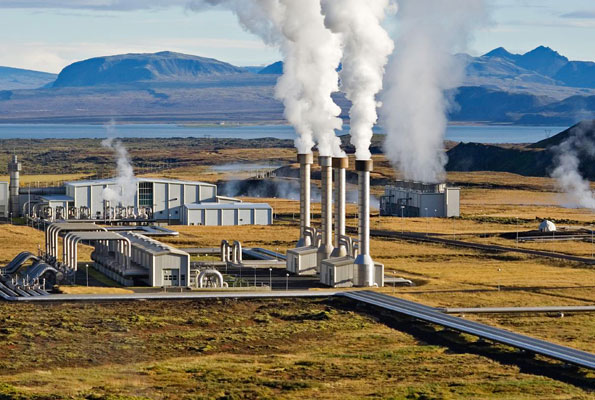cmoreride
Civil/Environmental
- Jun 30, 2019
- 53
Follow along with the video below to see how to install our site as a web app on your home screen.
Note: This feature may not be available in some browsers.

cmoreride said:Eavor Technologies Inc. is receiving $4.3 million to further develop the Eavor-Loop 2.0 geothermal system
1503-44 said:...putting the beer cans out of sight properly into the magnetic garbage bin.
